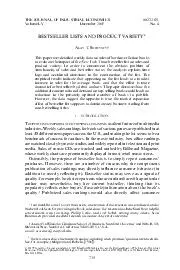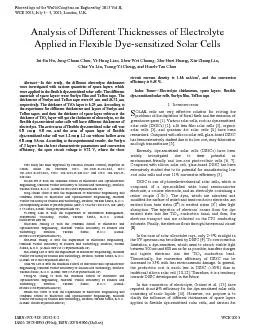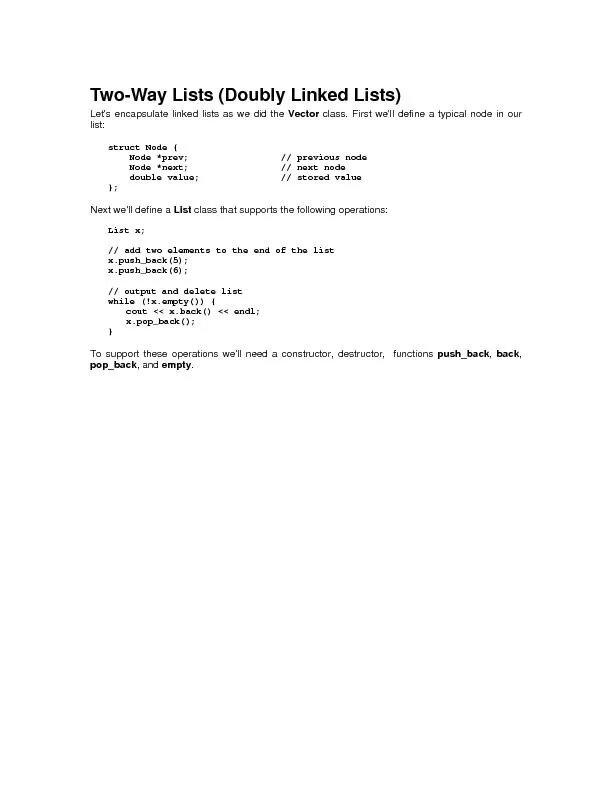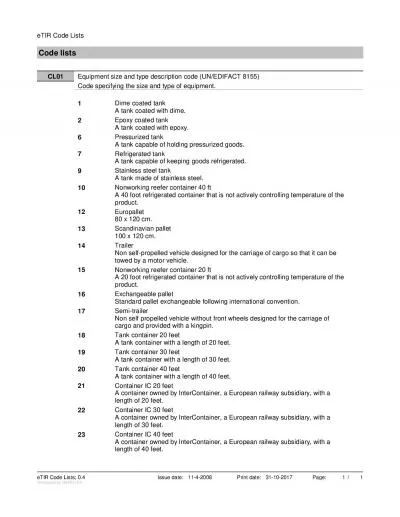PDF-BESTSELLER LISTS AND PRODUCT VARIETY LAN T
Author : tawny-fly | Published Date : 2015-02-22
S ORENSEN This paper uses detailed weekly data on sales of hardcover 64257ction books to evaluate the impact of the New York Times bestseller list on sales and product
Presentation Embed Code
Download Presentation
Download Presentation The PPT/PDF document "BESTSELLER LISTS AND PRODUCT VARIETY LAN..." is the property of its rightful owner. Permission is granted to download and print the materials on this website for personal, non-commercial use only, and to display it on your personal computer provided you do not modify the materials and that you retain all copyright notices contained in the materials. By downloading content from our website, you accept the terms of this agreement.
BESTSELLER LISTS AND PRODUCT VARIETY LAN T: Transcript
Download Rules Of Document
"BESTSELLER LISTS AND PRODUCT VARIETY LAN T"The content belongs to its owner. You may download and print it for personal use, without modification, and keep all copyright notices. By downloading, you agree to these terms.
Related Documents














